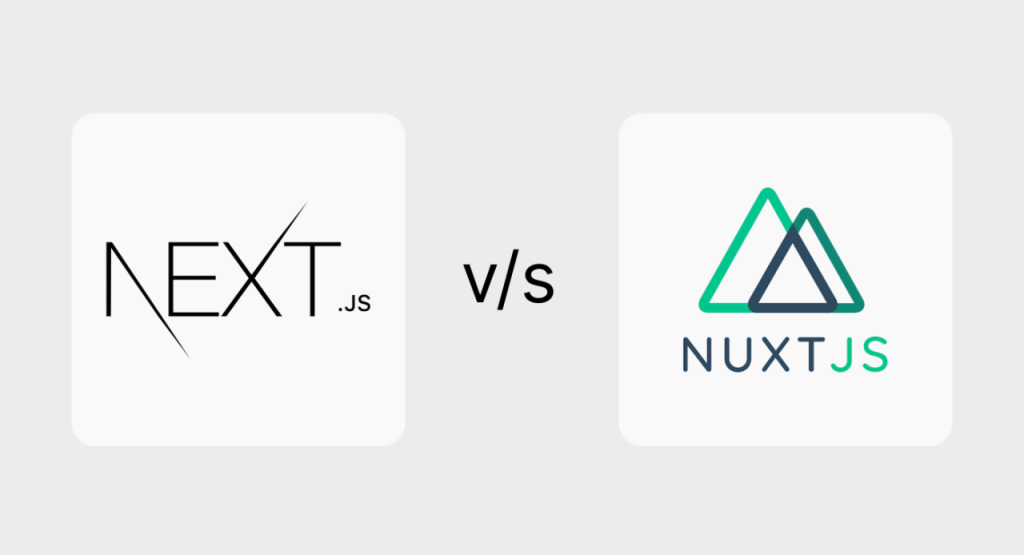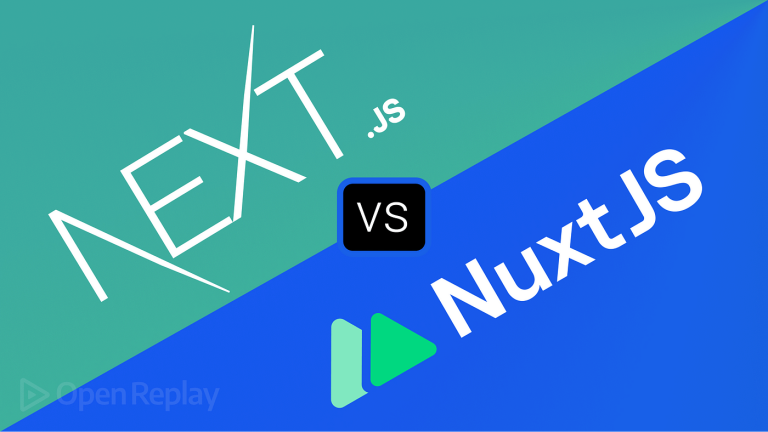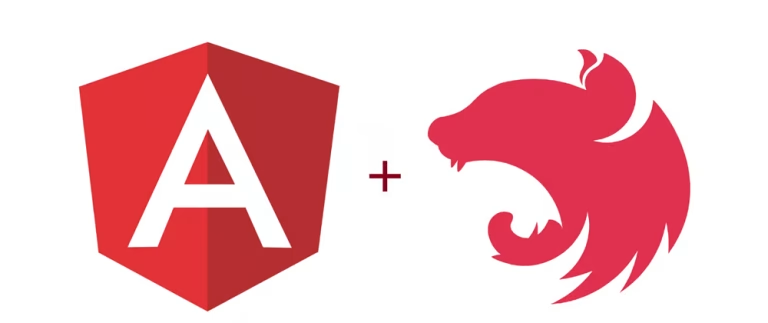Next.js, Nuxt.js, and Nest.js are three popular JavaScript frameworks used in web development, each serving a different purpose:
1- Next.js:
- Next.js is a React framework for building server-side rendered (SSR) and statically generated web applications.
- It provides features like automatic code splitting, routing, hot module replacement, and server-side rendering out of the box.
- Next.js simplifies the creation of React applications by handling the setup of webpack and other build tools.
2- Nuxt.js:
- Nuxt.js is a framework for building server-side rendered Vue.js applications.
- It abstracts away much of the complex configuration needed for setting up Vue.js projects by providing a more opinionated structure and a convention-over-configuration approach.
- Nuxt.js supports server-side rendering, static site generation, and single-page application (SPA) modes.
3- Nest.js:
- Nest.js is a progressive Node.js framework for building efficient, reliable, and scalable server-side applications.
- It is built with TypeScript and heavily inspired by Angular, utilizing concepts such as modules, controllers, providers, middleware, and decorators to organize code.
- Nest.js supports various server-side rendering techniques, but it is primarily used for building APIs and microservices.
In summary, Next.js and Nuxt.js are front-end frameworks that focus on server-side rendering and static site generation for React and Vue.js, respectively, while Nest.js is a back-end framework for building server-side applications and APIs using TypeScript and Node.js.

A Comparative Analysis of Next.js, Nuxt.js, and Nest.js: Choosing the Right JavaScript Framework for Your Project
In the ever-evolving landscape of web development, choosing the right framework is crucial for the success of a project. Three prominent JavaScript frameworks that have gained significant traction in recent years are Next.js, Nuxt.js, and Nest.js. Each framework serves a distinct purpose and comes with its own set of features and benefits. In this article, we will conduct a side-by-side comparison of these frameworks to help you make an informed decision based on your project requirements.
Overview:
Next.js:
- Purpose: Next.js is a React framework primarily used for building server-side rendered (SSR) and statically generated web applications.
- Key Features: Automatic code splitting, routing, hot module replacement, server-side rendering, and static site generation.
- Language: JavaScript/TypeScript.
- Community: Large and active React community.
- Use Cases: Ideal for building dynamic web applications with React, especially those requiring SEO optimization and performance benefits from server-side rendering.
Nuxt.js:
- Purpose: Nuxt.js is a Vue.js framework designed for server-side rendered (SSR), static site generation (SSG), and single-page application (SPA) modes.
- Key Features: Simplified setup, convention-over-configuration approach, server-side rendering, static site generation, and SPA mode.
- Language: JavaScript/TypeScript.
- Community: Growing Vue.js community.
- Use Cases: Suitable for developing SEO-friendly Vue.js applications with server-side rendering capabilities, as well as static websites and SPAs.
Nest.js:
- Purpose: Nest.js is a progressive Node.js framework for building efficient, reliable, and scalable server-side applications and APIs.
- Key Features: Built-in support for TypeScript, modular architecture inspired by Angular, dependency injection, middleware, decorators, and robust error handling.
- Language: TypeScript.
- Community: Rapidly growing community with a focus on Node.js and TypeScript development.
- Use Cases: Best suited for building APIs, microservices, and server-side applications with Node.js, especially for projects requiring a structured and scalable architecture.
Comparison:
Architecture:
- Next.js: Focuses on front-end architecture, providing tools for server-side rendering and static site generation with React.
- Nuxt.js: Similarly, focuses on front-end architecture, offering server-side rendering and static site generation capabilities for Vue.js applications.
- Nest.js: Primarily a back-end framework, focusing on building server-side applications and APIs with a modular and scalable architecture inspired by Angular.
Community and Ecosystem:
- Next.js: Backed by a large and active React community with extensive resources, tutorials, and third-party libraries.
- Nuxt.js: Benefits from the growing Vue.js ecosystem, with an increasing number of plugins and modules available for various functionalities.
- Nest.js: Rapidly growing community, particularly in the Node.js and TypeScript ecosystem, with a focus on building scalable server-side applications and APIs.
Language and Learning Curve:
- Next.js and Nuxt.js: Support both JavaScript and TypeScript, with React and Vue.js respectively, which may have a learning curve depending on familiarity with these technologies.
- Nest.js: Built with TypeScript, offering strong typing and code consistency, particularly beneficial for large-scale applications. The architecture might require some learning, especially for developers unfamiliar with Angular-inspired patterns.
Use Cases:
- Next.js: Ideal for building dynamic web applications with React, especially those requiring SEO optimization and performance benefits from server-side rendering.
- Nuxt.js: Suitable for developing SEO-friendly Vue.js applications with server-side rendering capabilities, as well as static websites and SPAs.
- Nest.js: Best suited for building APIs, microservices, and server-side applications with Node.js, especially for projects requiring a structured and scalable architecture.
Conclusion:
Choosing the right framework depends on various factors such as project requirements, team expertise, scalability needs, and community support.
- Next.js and Nuxt.js are excellent choices for front-end developers working with React and Vue.js respectively, offering server-side rendering and static site generation capabilities for enhanced performance and SEO.
- Nest.js, on the other hand, is a robust framework for building server-side applications and APIs with TypeScript and Node.js, providing a structured and scalable architecture suitable for large-scale projects.
Ultimately, understanding the strengths and weaknesses of each framework will enable you to make an informed decision based on the specific needs of your project. Whether it’s building dynamic web applications, static websites, or scalable server-side applications, Next.js, Nuxt.js, and Nest.js offer powerful tools and capabilities to bring your ideas to life in the ever-evolving landscape of web development.







